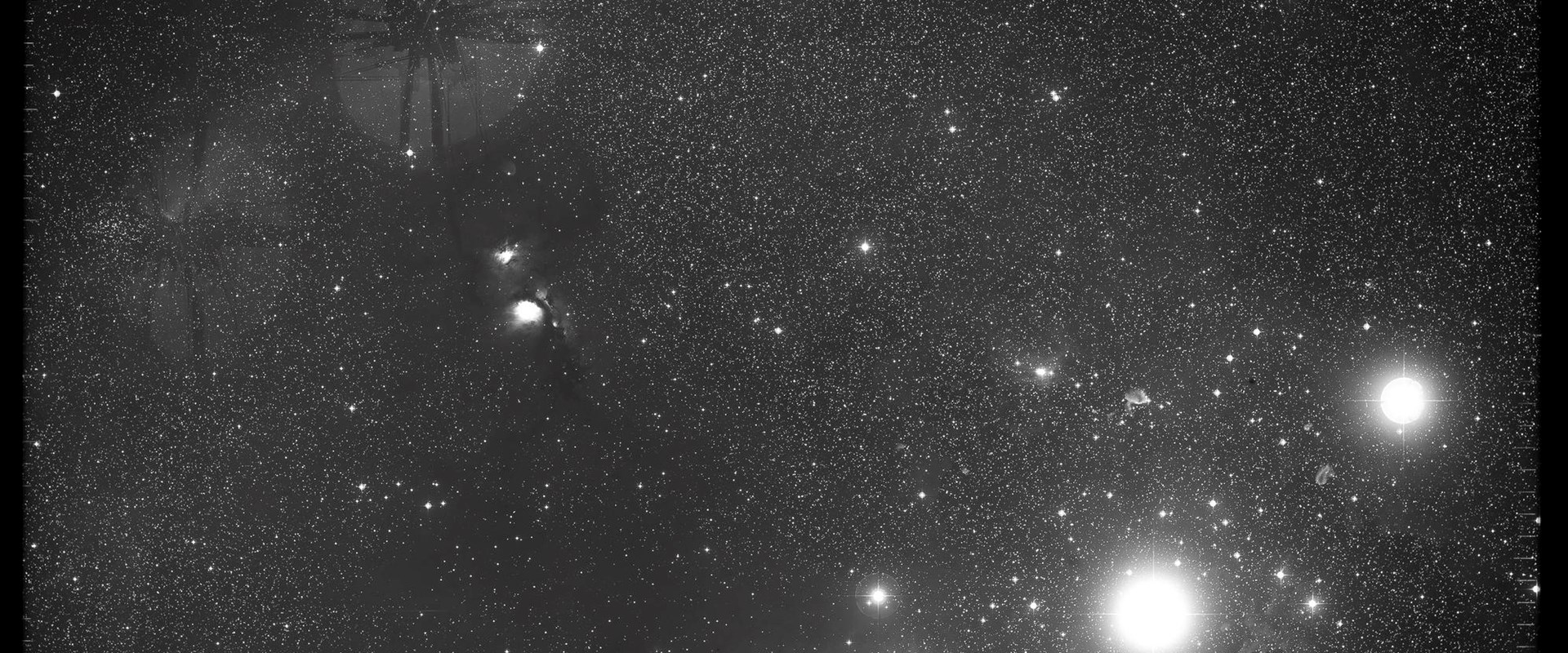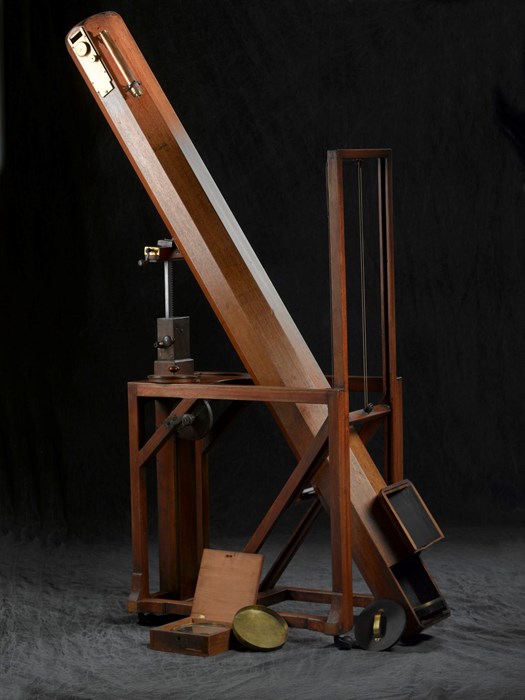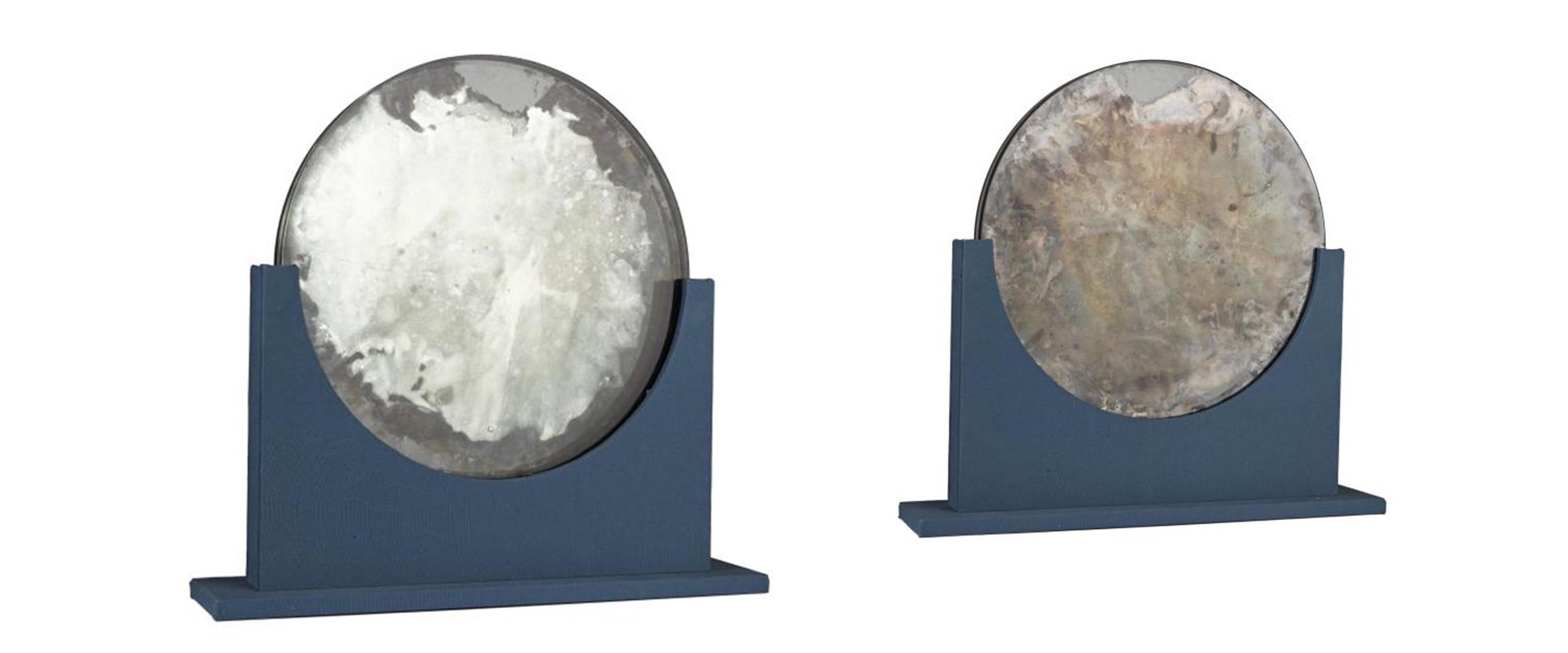Key in a search term below to search our website.
Key in a search term below to search our website.

By the end of the 17th century science was enormously popular at all levels of British society. Throughout the 18th and 19th century there was intense competition amongst a number of specialist astronomical instrument makers.
Instruments were produced for popular new science markets by the London trade, including the travelling lecturer, Benjamin Martin (c1704-82). Martin wrote popular books as well as devising and making instruments for demonstration and sale. William Herschel became skilled at grinding specula for reflecting telescopes. His 7-foot Newtonian reflecting telescopes achieved an international reputation.
Date
c1760
Made from
Wood, metal, glass
Made by
Astronomical telescope attributed to William Herschel.
Museum reference
Did you know?
In 1781 William Herschel discovered the planet Uranus, and was elected a Fellow of the Royal Society.

Telescope and speculum attributed to William Herschel, c1760
William Herschel (1738‑1822) was a Hanover‑born musician who moved to Bath in 1766. Obsessed with astronomy, he became skilled at grinding specula for reflecting telescopes. Some of these he used himself, others he sold, mostly to gentlemen-amateur astronomers.
He realised he needed a telescope with considerable light‑gathering power to make the images of very distant objects bright and large enough to be visible to the observer. He constructed a 12.2m telescope at Slough which when completed in 1789, revealed a sixth satellite of Saturn.

18-inch silvered glass telescope speculum, G With, 1878
The silver layer on the glass was not only much more reflective and longer lasting than the finish on metal mirrors, it had the advantage of being able to be removed and replaced without changing the curve of the glass.
In Britain, the silver-on-glass mirror owed its adoption and rapid development to two enterprising telescope makers, George H With (1827-1904) and George Calver, and to amateur astronomers like the Rev. Henry Cooper Key (1819-79). This particular speculum was apparently acquired from Cooper Key, and has With’s signature and the date 1878 scratched on it.